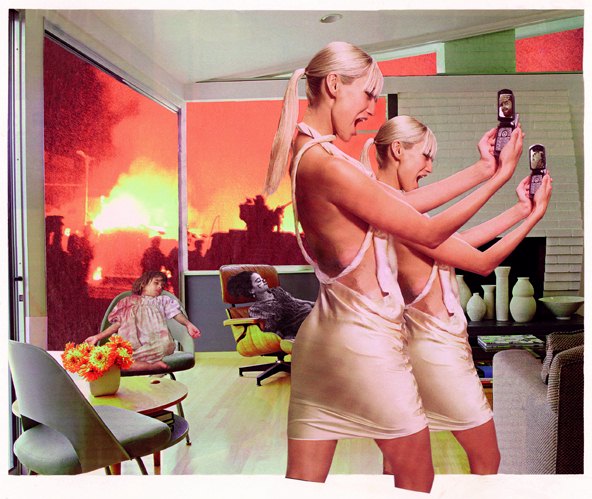Georgia O' Keefe was an American artist who was born in Sun Prairie, Wisconsin in 1887. She was very passionate about art and attended many different schools to study art- such as New York University, The University of Virginia and Columbia University. Her vision was to focus more on images that were important to her, rather than what others expected art to be about. She formed her art through her own life experiences and created images of objects that surrounded her everyday life. While art was constantly changing, and painters normally painted several types of images, Georgia O' Keefe mostly stayed true to drawing the same images throughout her entire life; these drawings consisted of flowers, bones and landscapes that were found in close distances to her. She had an impact on Americans because she was able to show her audience that although she draws mostly the same pictures, she was able to depict some differences. She once quoted, "If I could paint the flower exactly as I see it no one would see what I see because I would paint it small like the flower is small. So I said to myself - I'll paint what I see - what the flower is to me but I'll paint it big and they will be surprised into taking time to look at it - I will make even busy New Yorkers take time to see what I see of flowers.”

The picture above was drawn by Georgia O' Keefe, called Red Canna. This is a close up drawing of the real flower she had observed and she paints it in such a way where she is able to add the specific colors and textures to make it in to the real life form she had seen herself.
The pictures she would draw would be shown to develop over time, and show the audience where the differences are seen, rather than always creating brand new paintings. She would take a drawing she had previously worked on and make some additions to it, maybe by giving it more color or editing it based on a new life experience she had encountered. By the end of her career, Georgia had gathered several images; those that were based off one another, as well as those that were just a series. Because she had moved from place to place and seen these images in a different way, she always had an imagination to build on her drawings.







.jpg)
_-_Artemisia_Gentileschi.jpg)



